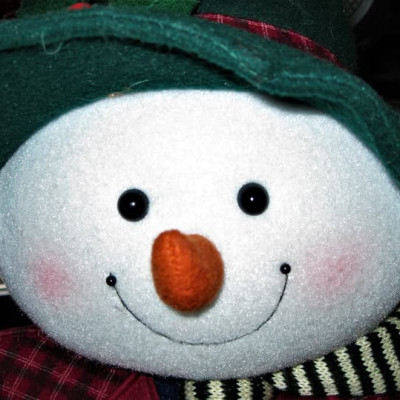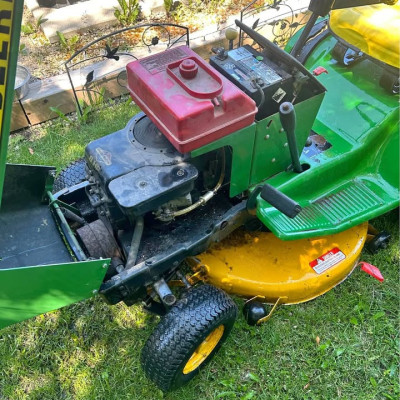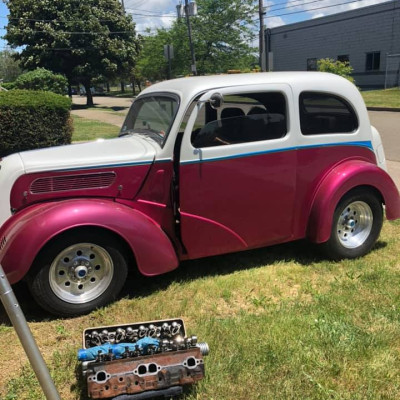Master Cool Anime Guys: Step-by-Step Drawing Guide to Stunning Characters!
Master Cool Anime Guys: Step-by-Step Drawing Guide to Stunning Characters!
Creating cool anime guys can be an exciting and rewarding challenge. Whether you're a budding artist or a seasoned pro looking to add to your portfolio, mastering the art of drawing anime characters involves understanding specific techniques and elements that make these characters come to life. This step-by-step guide will help you draw stunning anime guys, from initial sketches to finished artwork.
1. Gather Your Materials
Before diving into drawing, make sure you have the right tools at hand:
Paper: Use quality drawing paper or a sketchbook.
Pencils: Graphite pencils in various hardness levels (e.g., HB, 2B, 4 for sketching and shading.
Eraser: A kneaded eraser for precise corrections.
Inking Tools: Pens or markers for final line work (optional).
Coloring Supplies: Colored pencils, markers, or digital tools if you plan to add color.
2. Start with Basic Shapes and Proportions
a. Create a Basic Framework:
Begin by drawing simple shapes to outline the character's body. Start with an oval for the head and use circles and rectangles to sketch the torso, arms, and legs. This basic framework helps establish proportions and the overall pose of your character.
b. Outline the Pose:
Decide on the pose and action of your character. Use light, fluid lines to sketch the pose, ensuring the character's stance is dynamic and engaging. Pay attention to balance and proportion, adjusting the framework as needed.
3. Define the Character’s Features
a. Draw the Face and Hair:
Focus on the facial features typical of anime characters. Start with large, expressive eyes, a small nose, and a subtle mouth. Add the hair, which is often exaggerated and stylized. Use flowing lines and layers to create a hairstyle that complements your character’s personality.
b. Add Details to the Body:
Refine the basic shapes into more detailed body parts. Draw the clothing, accessories, and any unique features your character may have. Ensure the clothing fits the character’s pose and style, adding folds and creases to make it look natural.
4. Refine and Add Details
a. Clean Up the Sketch:
Go over your sketch and refine the lines. Erase any unnecessary guidelines and smooth out rough areas. Focus on making the lines clean and precise, particularly around the character’s features and clothing.
b. Add Details and Texture:
Incorporate details such as textures, patterns, and small accessories. Pay attention to intricate elements like buttons, belts, or textures on clothing. These details add depth and realism to your character.
5. Ink Your Drawing (Optional)
a. Outline with Ink:
If you prefer a more polished look, go over your pencil lines with ink. Use fine liners or markers to create clean, bold lines that define your character. Be careful to let the ink dry completely before erasing any remaining pencil marks.
b. Add Final Touches:
Once the ink is dry, add final touches like additional shading or highlights. This step enhances the depth and contrast of your drawing.
6. Coloring Your Character (Optional)
a. Choose Your Colors:
Select colors that fit your character’s design and personality. Use reference images or color palettes to choose appropriate hues for skin, hair, clothing, and accessories.
b. Apply Colors:
If using traditional media, apply colors with colored pencils, markers, or watercolors. For digital art, use layers and brushes to add color. Blend and layer colors to achieve a vibrant and cohesive look.
c. Add Shading and Highlights:
Enhance your drawing with shading and highlights. Use darker shades to create depth and lighter colors for highlights. This adds dimension and makes your character look more dynamic.
7. Final Review and Adjustments
a. Review Your Artwork:
Take a step back and review your drawing. Check for any areas that may need adjustment or additional details. Make any final corrections to improve the overall appearance.
b. Seek Feedback:
If possible, share your drawing with peers or mentors to get constructive feedback. They can offer valuable insights and suggestions for further improvement.
Conclusion
Drawing cool anime guys involves a combination of foundational techniques, attention to detail, and creative expression. By following these step-by-step guidelines, you can create stunning anime characters that capture the essence of your artistic vision. Keep practicing, experimenting with different styles, and honing your skills to become a master of anime character design. Happy drawing!
Like
Comment
Share





